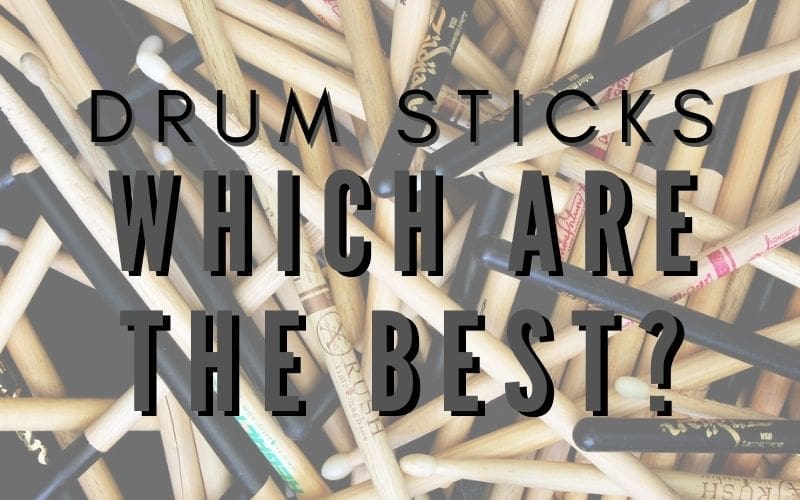
Are you thinking about what kind of drumsticks to get, and all the different types of drumsticks? If you are unsure what the difference is between them, then we’re here to shed a bit of light on the subject. This guide will help you understand the types of drumsticks and their names. After all, behind every great drummer is the perfect pair of sticks.
This guide includes information from what style of taper and length sticks have, to which material should be chosen. Choosing drumsticks shouldn’t be stressful, it should be exciting! This blog will give a complete guide to the popular types of drumsticks and what they are each best for.
Let’s take a look at the types of drumsticks up close so the appropriate decision can be made.
What Are Drumsticks?
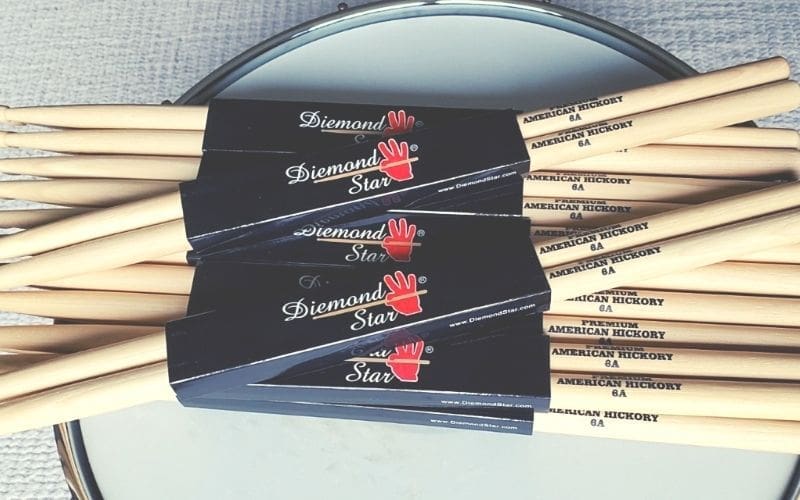
A drumstick is a type of percussion mallet used when playing snare drum, drum kit, or certain other percussion instruments. In particular, they are used for playing unpitched percussion. Beaters used for some percussion instruments such as for triangles or mallets used for xylophone are not usually referred to as drumsticks.
What Are Drumsticks Made Of?
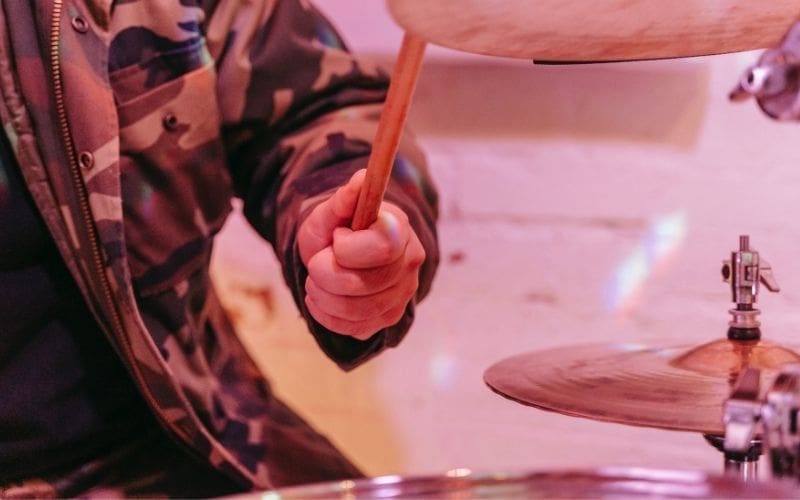
Drumsticks are mostly made from wood and the different types of wood used can impact the resilience of the sticks. Which wood is used is important for how the drumstick responds and ultimately how the drum sounds. Different types contribute to the drumstick’s response and durability.
Types of Drumsticks Materials
When considering which drumstick is best, the wood they are made from plays a significant part. Here are some key differences in how the drumstick wood can alter the tone being created:
Maple is the lightest wood used when manufacturing drumsticks. It enables the stick to be incredibly easy to control and delivers fast response. Even though Maple is not as hard-wearing as other woods due to its light nature it does mean drummers can use a bigger, thicker stick without the extra weight. This type of stick is perfect for jazz, funk, and pop players.
Hickory is a classic and is probably the most frequent wood used for manufacturing drumsticks. It creates a stick that is rigid and durable, enabling a greater sound around the entire kit.
Oak is the most resilient wood used for drumsticks. It makes the stick very rigid and durable, for an improved attack around the drum kit. This is highly recommended for those drummers who tend to break their drumsticks.
Birch, the weightiest wood used for drumsticks, makes the stick exceptionally dense and provides a heavier weight and feel, as well as longevity.
Polyurethane is very durable but doesn’t have as much of a ‘natural feel in comparison to wooden drumsticks. These are beneficial for speed drummers or those who go through many drumsticks!
These are plenty of drumstick materials, but these are the most commonly used for the best all-around playing experience!
Shapes Drumsticks Can Have
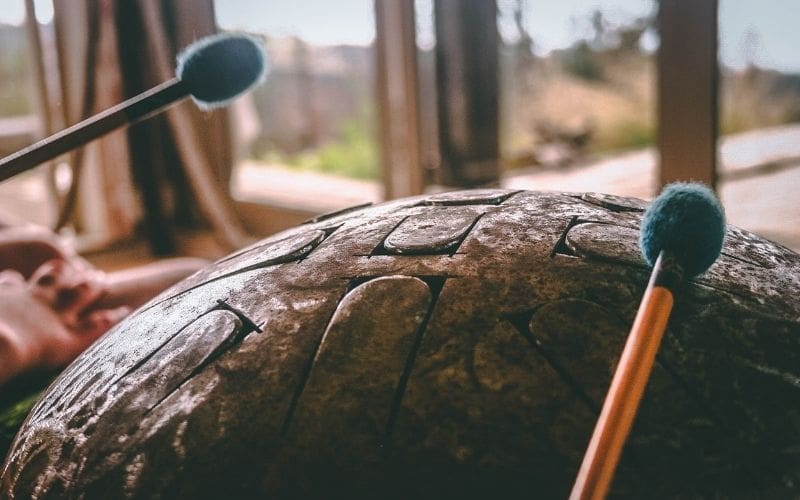
The taper is defined as the grade from the body to the tip of the stick. The thicker the taper the better it is for creating loud, intense beats, while a narrower taper is used for a lighter sound.
The tip of the drumsticks is the part that hits the cymbal and drum. The tip shape of the drumstick is important as it impacts the sound created. The tips shape affects the sound and is made from wood or nylon. Nylon is used for added projection and cymbal definition, as this tip makes the brightest sound and is the most durable. Use an oval tip for a well-balanced sound, an acorn tip for a rich sound, and a barrel tip for high volume. There is also the option to get drumsticks with a teardrop or round tip.
Different tips work well for different genres. Using a drumstick with a nylon tip produces a brighter, more forceful sound great for rock and metal musicians. Whereas a wooden tip is more appropriate for players who are all-rounded as you can command the sound more.
When considering types of drumsticks, musicians should think about the types of drumstick tips. Here are the types of drumstick tip shapes to think about:
- Teardrop tips are perfect for all styles, the shaped tip creates a deep, warm cymbal sound.
- Barrel tips make a broad sound, well suited for rock and pop
- Small Round: this tip is good for jazz and funk as it produces a brighter cymbal sound.
- Large Round tips are great for rock and metal musicians, as this tip makes a “fatter” sound.
- With acorn tips, musicians can gain a fuller, bigger sound.
Ball tips sound clear, perfect for those who play intricate, soft beats.
Types of Drumsticks
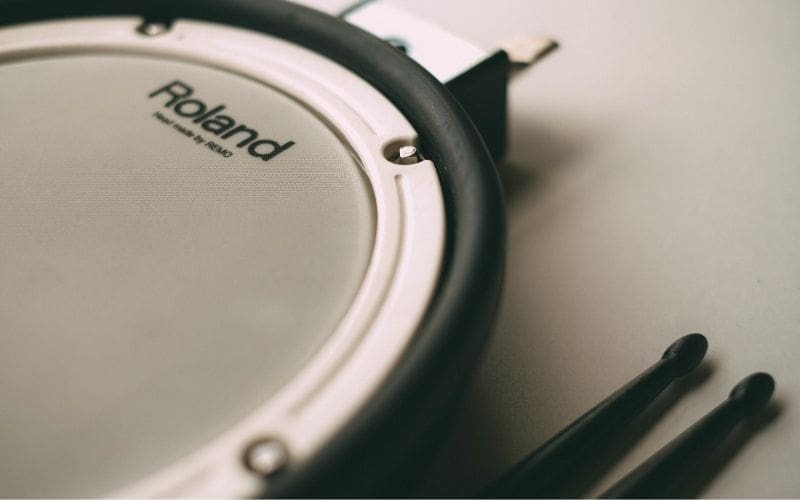
Drumstick manufacturers define their drumsticks by using a number and a letter. The number reflects the drumstick’s diameter, the larger the number the thinner the stick. The letter indicates the overall size and recommended application.
- A sticks: These drumsticks are lighter in weight and work well in low-volume applications for classical and jazz music.
- B sticks: B sticks are weightier, and although they work for plenty of playing styles on various percussion instruments, they are most frequently linked with rock music.
- S sticks: These particular sticks are even heavier than B, S-style drumsticks are perfect for high-volume applications such as marching bands.
Here is a quick overview of some of the best types of drumsticks and what kind of drumsticks you should get:
5A – The 5A stick size is typically the most common and very good for a percussionist in a chamber ensemble. The versatile feel and balance of these drumsticks work for almost all drummers – suitable for all playing styles. This size is available from all major drumstick companies. For drummers who want more reach around the kit, the ‘Extreme’ or ‘X’ 5A models are perfect for them.
3A – Thicker and slightly longer than 5A, and serves much the same purpose.
5B – 5B sticks are for those who want a shorter, thicker stick and a classic model, with a heavier weight than the 5A. With an all-rounder feel and balance, these drumsticks work for those who prefer to have a stick with a weightier feel. Most suitable for playing styles such as rock, funk, and metal.
7A – Drummers should consider 7A sticks if they are jazz musicians, as they are best for those players wanting to practice jazz drumming,
8D – 8D sticks are perfect for jazz, especially if players need extra reach for bigger setups.
1A – For players who want the longest-reach drumsticks they can find, they should opt for 1A sticks.
2B – For heavy hitters behind a rock kit, a pair of thick, 2B oak sticks might just be what is needed. These are another classic model, with a heavier weight than the 5B. The all-around feel and balance of this stick work for drummers who like a stick with a heavier forward feel. Suited for playing styles such as rock and metal.
In conclusion, 5A drumsticks are the most suitable for beginners as they are a great all-rounder, however, 2B drumsticks are best for practicing as they help strengthen players’ hands, and mean speed is increased when going back to regular size drumsticks. 5B sticks are a worldwide standard and widely available.
Beginners to drumming can be unsure which types of drumsticks are suitable, they will want to start with 5A as this will give a great starting point to develop one’s own style. It is always recommended you try a range of drumsticks out to ensure players pick the best for their play style.
What Are Drum Brushes?
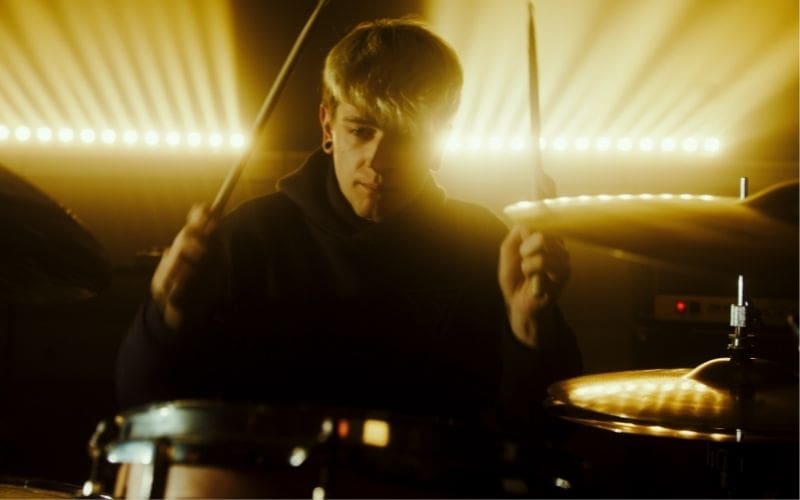
Drum brushes are quieter than drumsticks and are used to create soft effects at low volumes. They are made from a series of wires or plastic strands fused at the handle and come in a range of configurations and sizes.
Brushes create a distinctive sound that drummers love in genres including jazz, pop, and Latin. They can be used in many different ways such as being swept over the drumhead to produce a continuous background noise, or like a drumstick to produce a light drumbeat, or used on a cymbal. Various drum brushes have an adjustable fan, whereas others are fixed. Brushes assist as a soft, subtle accompaniment to other instruments.
Now You Know Everything About The Different Drumsticks
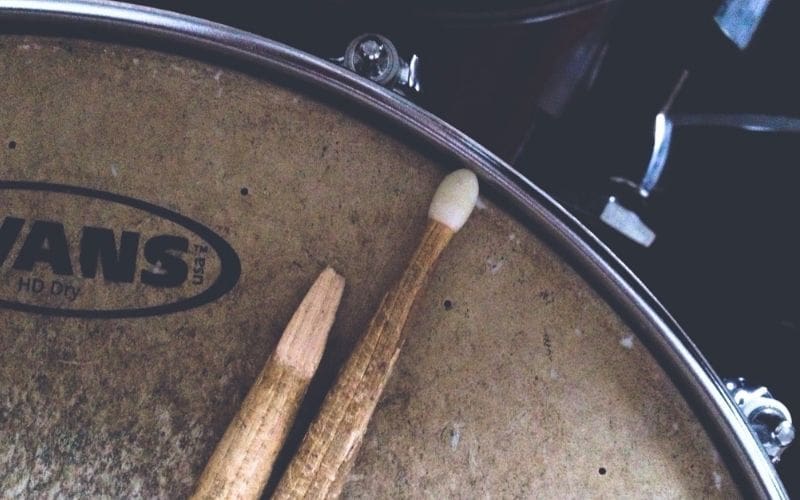
When choosing the types of drumsticks, it is always a personal preference, after all, one type of drumstick may be ideal for one player but not for all.
Keep in mind all the different drumstick options available. To accomplish specific tones and volumes, it may be necessary to have various types of sticks. Players will need to consider a wide range of options from weight or material to tip shape.
Are You A Musician Or Artist?
Get Free Music Distribution and find opportunities to get your music in film, TV, and more through sync licensing. Plus get Music Supervision, Music Publishing, Music Marketing, Artist Development and utilize our Free Artist Websites and Rap Name Generator. Finally, you can amplify your music to those that need to hear it with music promotion, TikTok promotion and professional sharing tool. Why not give the gift of music today with our Gifts for musicians package?
Try all of this out for yourself by joining Мusic Gateway. Get your free trial, no strings attached.









